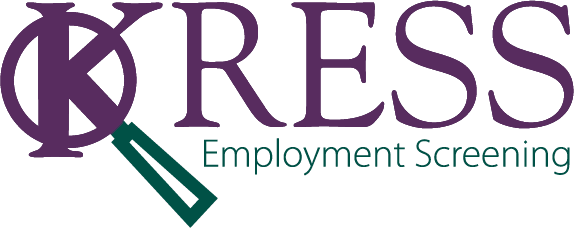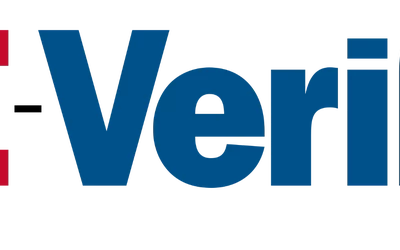My interviewing process
From the desk of Chandra Kill
In general I follow the same pattern: I ask the question—be quiet—count to eight—let them speak. I have to do this because I’m so damn chatty. I have all my questions typed up before the interview because I will get lost without a template. Then, after each question I dig deeper to get all three things I’m looking for – problem, action, and result. I actually have the letters “P”, “A” and “R” next to each question so that I can cross them off as the candidate addresses them or circle them if they are not offered in the answer.
- P: Problem or situation in candidates past where they had to use a certain skill
- A: Actions or methods implemented to address the problem
- R: Result or outcome achieved because of the actions taken
I have to really listen for what is missing because most people only offer so much. I also pay attention to which item (problem, action or result) they leave out to see if there is a pattern (and I’ll go into detail about that later). I always use open-ended questions to open up shy candidates and closed questions for chatty ones. If you’re not sure if your question is open or closed, a closed-ended question is one that can be answered with a yes or a no; everything else is open-ended. For example, do you enjoy managing people (closed-ended) vs. why do you enjoy managing people. These are not to be confused with a loaded question, such as do you use illegal drugs during the workweek or only on weekends, in which all given options are bad.
When typing up my interview template (I have several that are position specific), I align my questions with the behavioral characteristics required for the job and select one or two behavioral questions that address each characteristic I think is necessary. If more than one person is interviewing the candidate, we assign each interviewing team member different areas to explore and make sure we are not asking the same questions or focusing on the same characteristics.
I then identify additional questions from the resume with specific names and dates and add them to the template so it is personalized for each candidate. In addition to assessing the history and experience of the candidate, these questions are placed strategically so as to gauge honesty by viewing the candidate’s physical appearance during the recalling of events (more on that later).
And as soon as the interview is over I assess and grade the candidate immediately.









